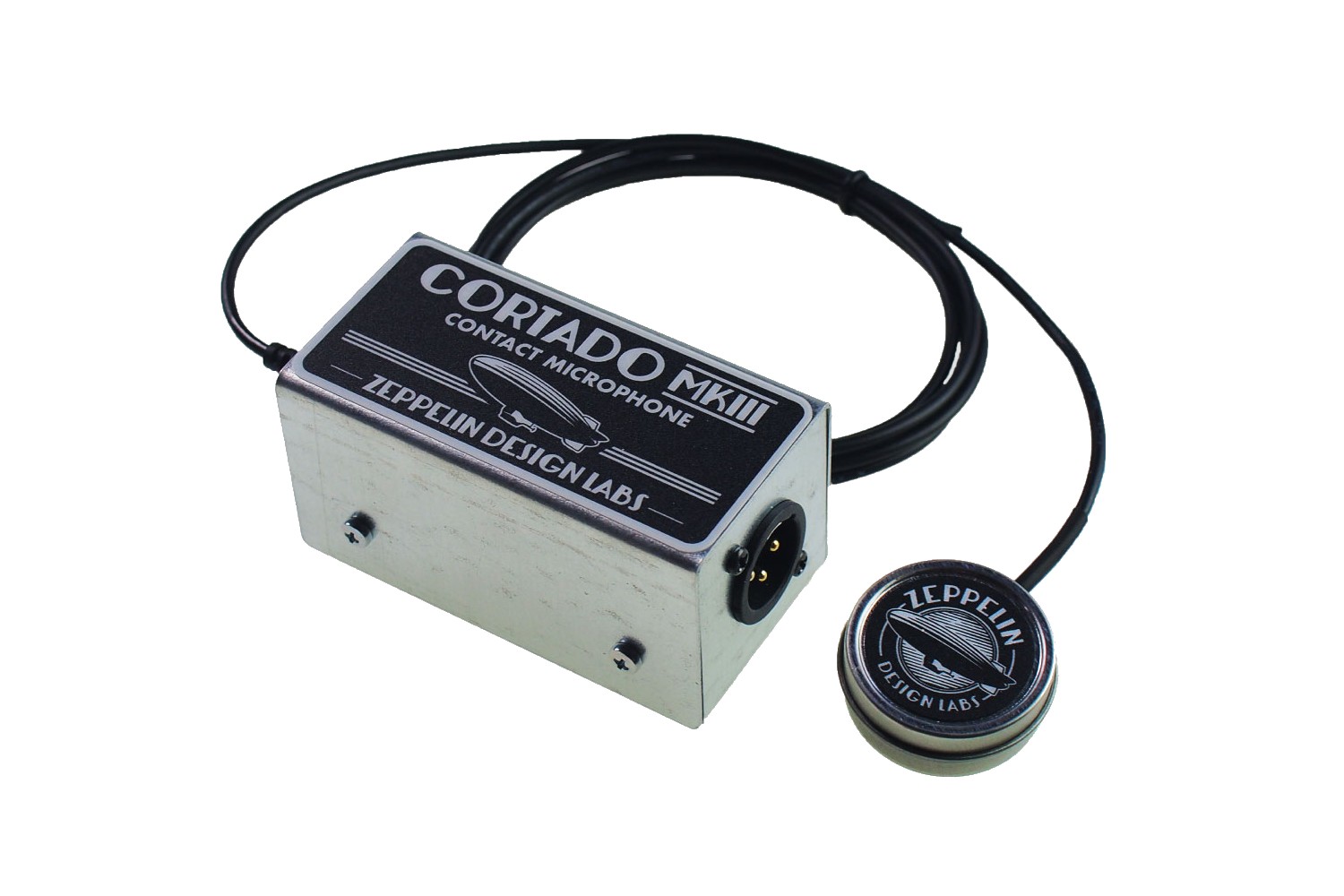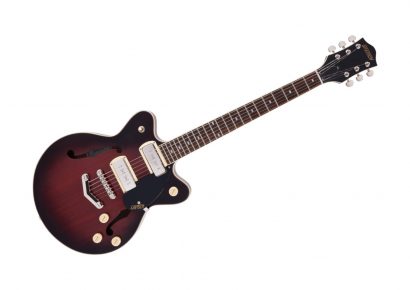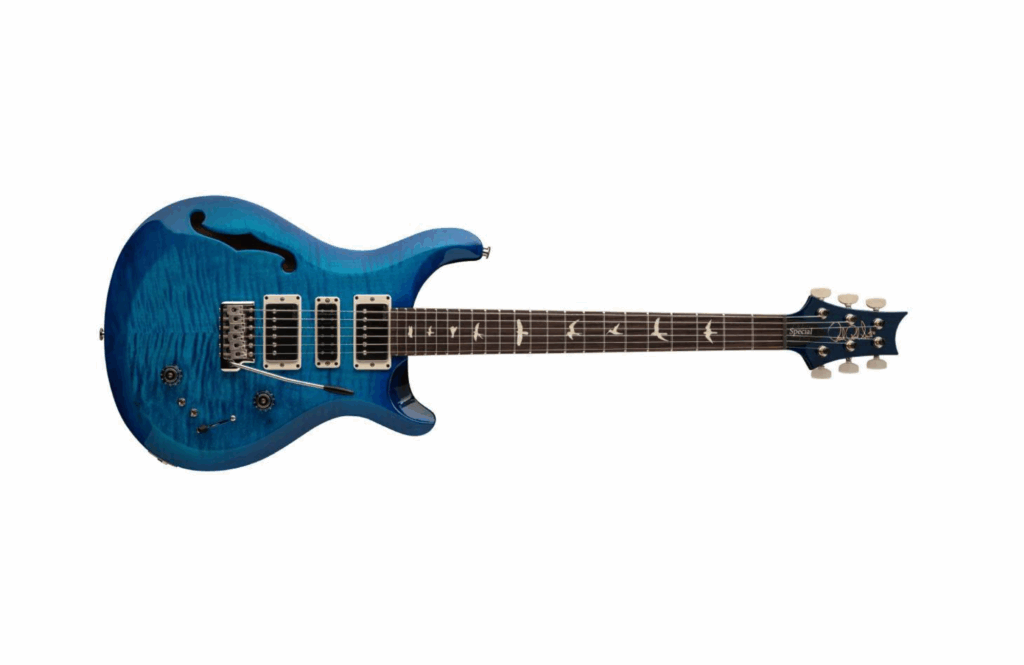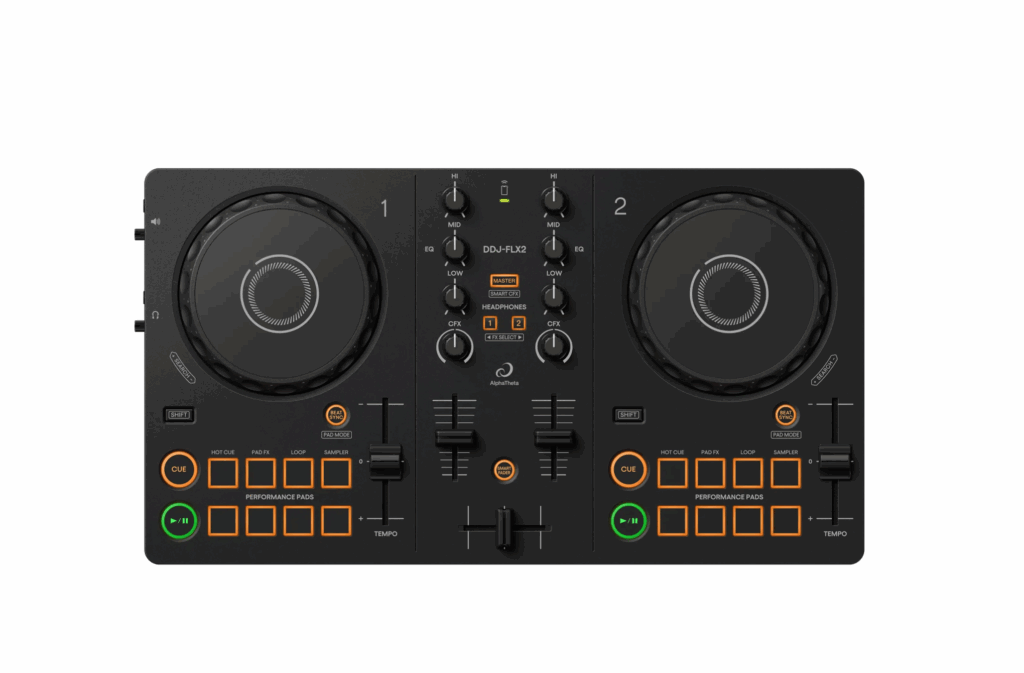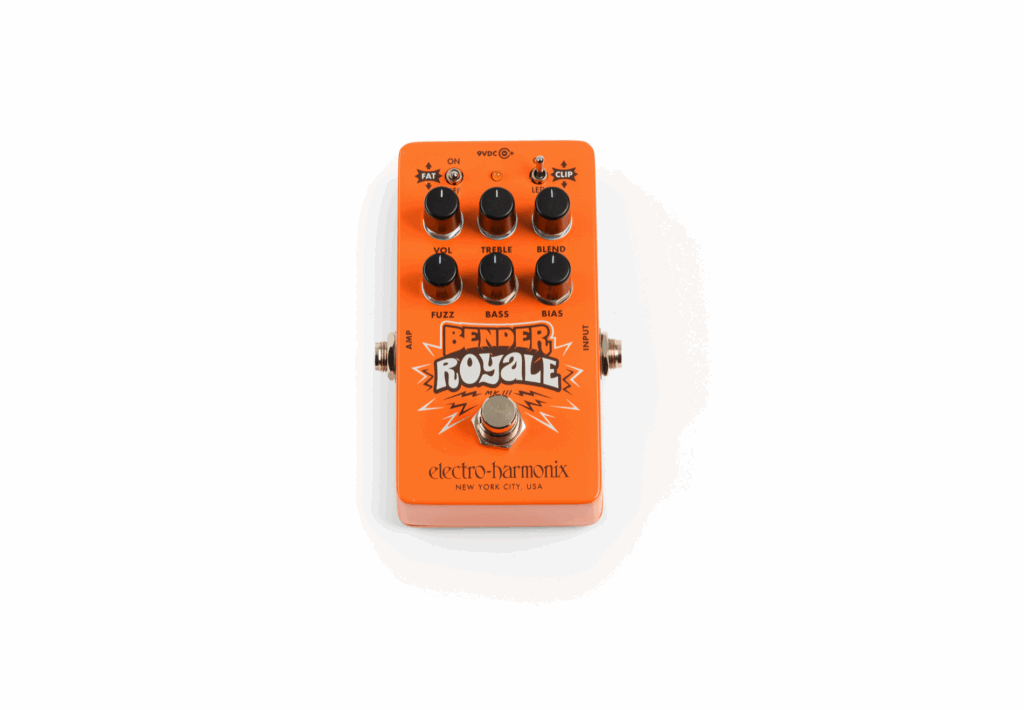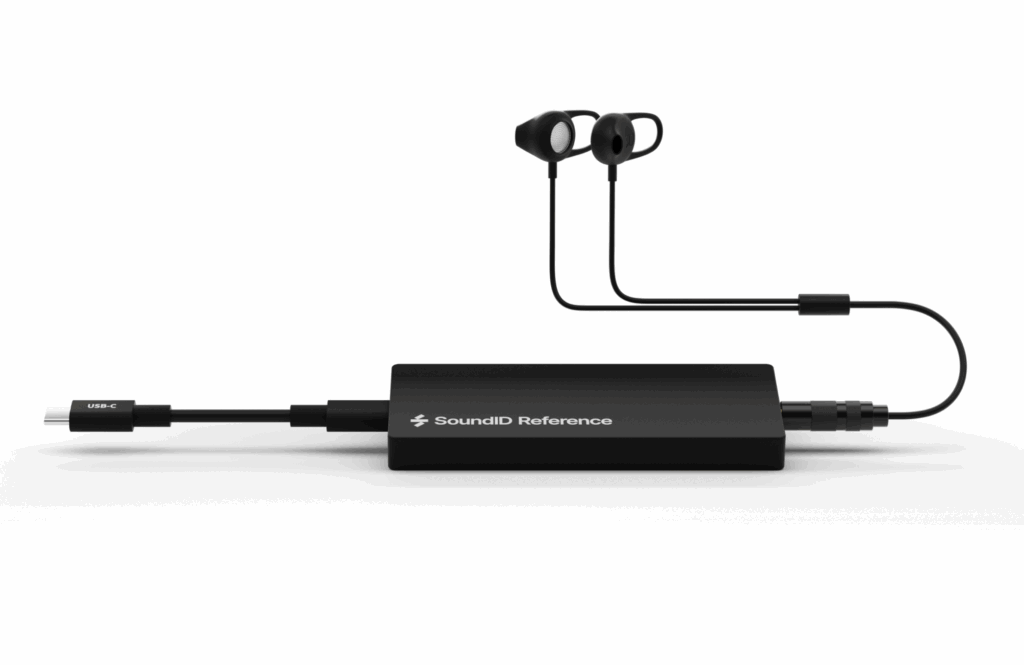Zeppelin Design Labs | Expect to pay: US $159
Even with technical audio edging its way closer and closer into the mainstream, contact microphones are still considered by many as an enigma, inhabiting a fascinating (albeit slightly peripheral) position in the broader audio landscape.
Operating on a completely different plane to practically all other transducers, contact mics directly absorb audio vibration through solid objects and use physical contact as their primary mode of incidence, rather than capturing direct sound in the open air like a traditional cardioid or omni mic. This means the vantage point of a contact microphone is completely different to anything else out there: on sheer perspective alone, you have something that is unique, versatile, and open to all kinds of sonic experimentation.
Catch up on all the latest music gear reviews here.
Already commonplace in the toolbox of sound artists and noise music producers alike, contact microphones are slowly finding their way into more and more modern music recording scenarios, and if the work of Chicago-based mic smiths Zeppelin Design Labs is anything to go by, are finally ready to have their moment in the sun, thanks in no small to part to the awesome Cortado MkIII.
Zeppelin Design Labs is a DIY audio company out of Chicago who have been producing build-it-yourself guitar pedals and amplifiers since 2015. The Cortado MkIII is the third iteration of their popular Cortado contact microphone and, luckily for the less dexterous of us, the MkIII comes fully assembled and ready to record with.
Even in that relatively short gestation the Cortado’s lineage and reputation are well endorsed; in 2020, broadcast sound engineer Dave Grundvig was appointed with the urgent task of rigging three whole basketball courts with microphones to capture the sounds of the NBA’s siloed season and finals at Disney World in Orlando.
Grundvig and his team laid 130 Cortado microphones underneath the three courts used during the resumed season, with an additional four placed behind each backboard and aside each rim. The end result was an immersive sound that would have been impossible to achieve with a standard sports broadcast microphone setup alone, duly enthused by pundits as being the best sounding NBA season in history.
If you are an NBA fan, you know exactly the sound we are talking about, and in many ways this mic has its DNA all over both the pristine capture of last year’s NBA bubble, as well as a lot of the more ‘immersive’ elements of sports broadcast in general. For applications like these, the Cortado MkIII is at the absolute top of the table.
Out of the box, the Cortado MkIII is one of the sturdiest looking contact microphones you are ever likely to find. The phantom power-driven class A preamp (which drives the unit) is housed in a 20 gauge steel chassis slightly smaller than a block of butter, but which has all the classic indicators of a well built and durable unit. The sensor is located at the end of a shielded cable roughly six feet in length and is housed in a mega sturdy metal casing that looks like a turn of the century mint tin, reinforced, completely unlike the tabs found on many other contact microphones.
Four dip switches embedded on the face of the main chassis afford the user a 10dB pad, a high pass filter and a bass boost function. This means that there’s plenty of room for adapting the sound on a case-by-case basis, from boom-heavy NBA backboard duties through to detail-oriented sound design or experimental drum micing.
Without the filter engaged, the MkIII captures all the way down to 23Hz, more than adequate for capturing the deepest of sub frequencies. The high-end capabilities are even more extreme, the microphone able to capture all the way up to 40kHz, well beyond what is audible to humans.
Perhaps this is not the most crucial selling point for recording studios, but will no doubt pique the interest of sound artists or FX types who wish to explore sonic events that escape our range of hearing. Zeppelin claims that the MkIII operates normally between -40 and 80 degrees celsius, and while one would hope that the typical studio environment never reaches these temperatures, this will be of particular interest to engineers looking to capture sounds in extreme environments.
The most obvious place to start testing the Cortado MkIII was on an acoustic guitar. Attached to the soundboard of an acoustic guitar with the included mounting putty, the Cortado effortlessly captures the kind of sounds that you feel while strumming the instrument, but struggle to capture with standard microphones. From the warming low end, and highs that glisten rather than pierce, the Cortado picks up the sound of an acoustic guitar so honestly that it practically mixes itself.
The Cortado is a winner for recording any resonant body string instrument, be it a Cello, a Lute, or even a Sitar. Tuned percussion instruments with strong resonance also sound fantastic through the microphone. Don’t let yourself be confined to recording strictly traditional instruments, however; with the Cortado, anything can become an instrument, even things that cannot be recorded with a typical microphone.
The Cortado Attachment Accessory Kit will fully arm you with an array of mounting options to capture the voices of machinery, utility poles, you name it. Foley artists and broadcast engineers (admittedly the natural habitat for contact mics such as this) will no doubt also find the Cortado to be an indispensable part of their toolbox as well, but looking at it from a musical perspective, the possibilities are truly endless.
The Cortado MkIII is an excellent secret weapon in the arsenal of anyone in the business of sound recording, and at just a fraction of the price of many studio microphones, it’s a no brainer. A rugged piece of gear that opens up a world of sound previously inaccessible, those foraying into the curious world of contact microphones will find it hard to look past the Cortado as a first choice.
Head to Zeppelin Design Labs for more info.
